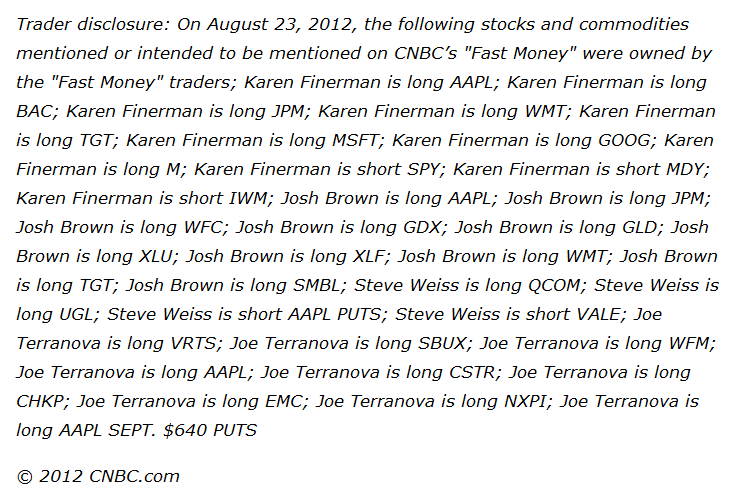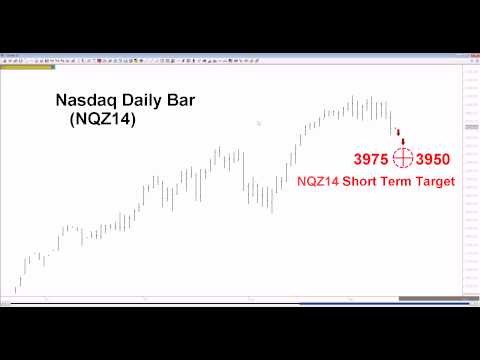Smart Beta ETFs Strategies (BLK MORN NDAQ TRI)
Post on: 16 Март, 2015 No Comment

Sold as a hybrid solution that adds extra oomph to exchange-traded funds (ETFs) whose competitors simply track indices, so-called “smart beta” funds that invest in sectors with the help of pre-defined screening rules that overlay simple exposure to asset classes or industries have been taking market share rapidly.
But with the New Year has come a bit of a backlash. Returns on smart-beta funds haven’t been much to write home about. While the modest returns by themselves don’t rule these funds out of a place in clients’ portfolios, it’s increasingly clear that investors and financial advisors would do well to look before they leap into this emerging asset class. (For more, see: Building a Better Mousetrap with Smart Beta ETFs ).
A recent study by research firm ETF.com points out that over the last one and three years smart-beta funds have posted worse results than traditional ETFs in almost every category. The study found that smart-beta funds had higher than average asset turnover. increasing their costs and that many of them have trailed their stated benchmark indices by significant margins.
Smart Beta Strategies
The idea of smart beta is attractive: to soup up returns on funds that track indices by adding a handful of additional screens to the list of securities a particular fund might purchase. Popular strategies include equally weighing assets included in an index rather than using price or capitalization weighting, equally weighting so-called “risk clusters” of similar companies rather than individual stocks, or combining equal weighting and cap weighting. Portfolios can be built using other metrics, such as book value. dividend yield or volatility. in order to outperform the market. (For more, see: What’s the Difference Between Alpha and Beta ?).
“ Smart Beta is for investors who believe that markets are inefficient in very specific ways, and that they can identify factors with positive risk-adjusted returns ,” BlackRock, Inc. (BLK ) strategists Ronald Kahn and Michael Lemmon wrote in a 2014 white paper. “Smart beta strategies can also appeal to investors who would normally invest in active strategies, but whose fund size is very large compared to the capacity of most active strategies.”
Loading the player.
Popularity
Indeed the funds are very popular with institutions who use them for cheap exposure to desired characteristics, as well as with individual investors who are trying to save money on fees. (For more, see: Choosing the Right ETF Index to Reach Your Goals ).
Global assets in smart beta ETFs have increased by 87% in two years and now account for $380 billion, according to Morningstar, Inc. (MORN ) data. At the end of 2013, smart beta represented about 18% of ETF assets under management, Morningstar says.
That has led to big deals like the announcement in January that Nasdaq OMX Group Inc. (NDAQ ) is paying $225 million to acquire Richmond, Va.-based Dorsey Wright & Associates, which licenses indexes used by 17 ETFs. Dorsey has $6 billion in assets under management in its licensed products which include passive indexing as well as smart beta strategies.

Fees
One idea behind smart-beta strategies is that they can command higher fees than strictly passive investing strategies that put ETFs on the map, while still undercutting actively-managed funds. The difference is not large. The average smart-beta fund costs 53 basis points in annual expenses, compared with 47 basis points for a purely indexed product, according to ETF.com. (For more, see: Active ETFs: Higher Cost vs. Added Value ).
But lower fees than actively-managed funds only matter if the performance is there. About 12% of smart-beta ETFs trailed their indices by more than a percentage point over the last two years, according to ETF.com. Its study found that many smart-beta ETFs are built with more of an eye toward protecting investors against down markets than exploiting bull markets so they may outperform when the market gets tougher to navigate. For more, see: Actively Managed ETFs: The New Mutual Funds ?).
Morningstar does not have a separate category for rating smart-beta ETFs, which it calls “strategic beta.” The popular ETF Database also does not have separate category for ranking smart-beta funds. (For more, see: Strategic Beta ETFs ).
The Bottom Line
Financial advisors and clients have to assess smart-beta funds much as they would evaluate actively-traded products. Instead of being simple bets on a given index, the funds represent conscious decisions to pursue specific strategies, whether it’s concentrating on companies that pay high dividends or businesses that tend to buy back a lot of stock. The smart-beta category is now too big to be any one thing. That makes it different than the ETF sector in general, whose core idea was that investors could choose a fund and virtually forget about it. Advisors who point clients toward these products will have to monitor them, much as they would keep an eye on an actively-managed fund focused on a specific industry or asset class. (For more, see: Actively-Managed ETFs: Risks and Benefits for Investors ).














